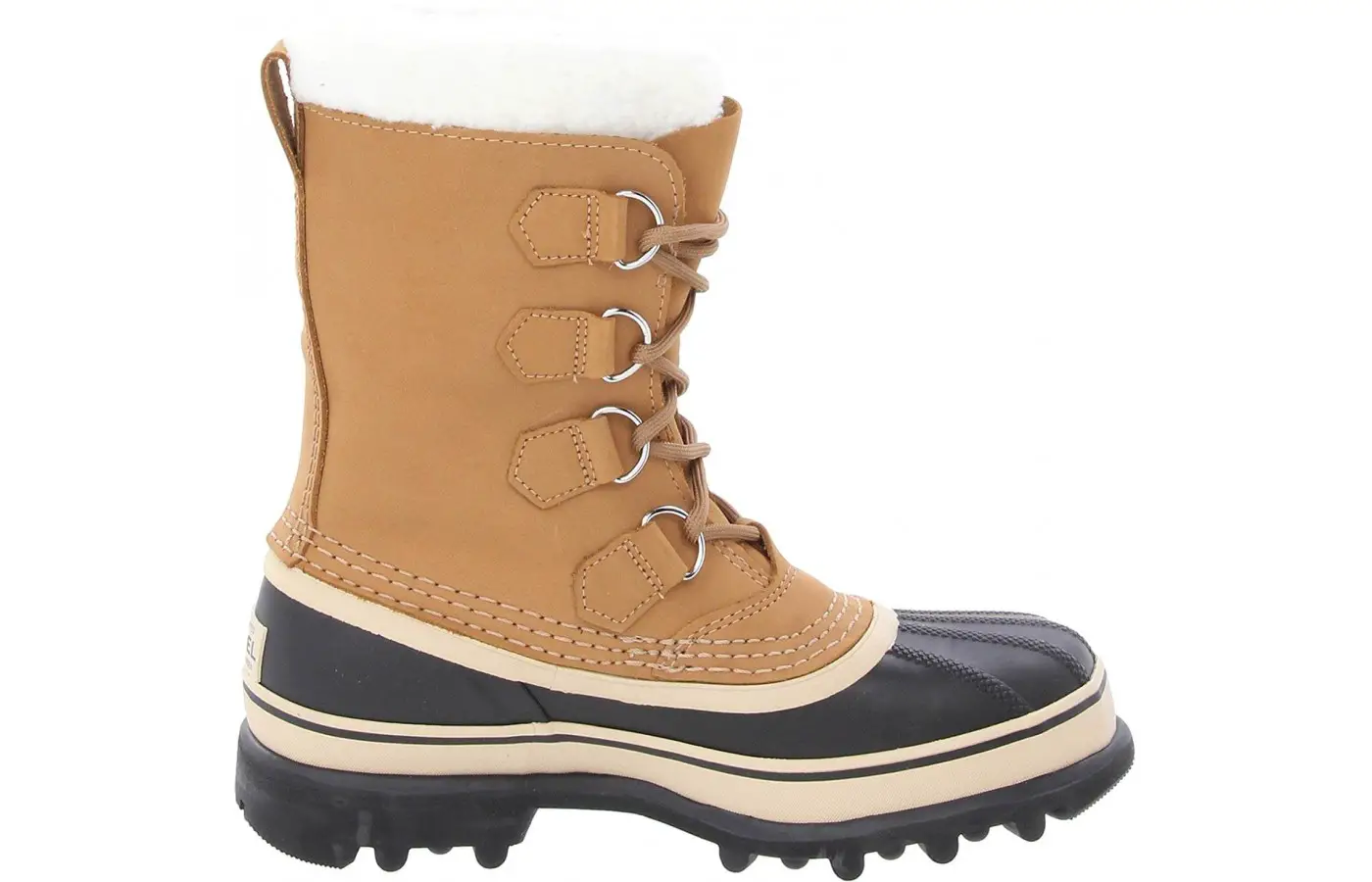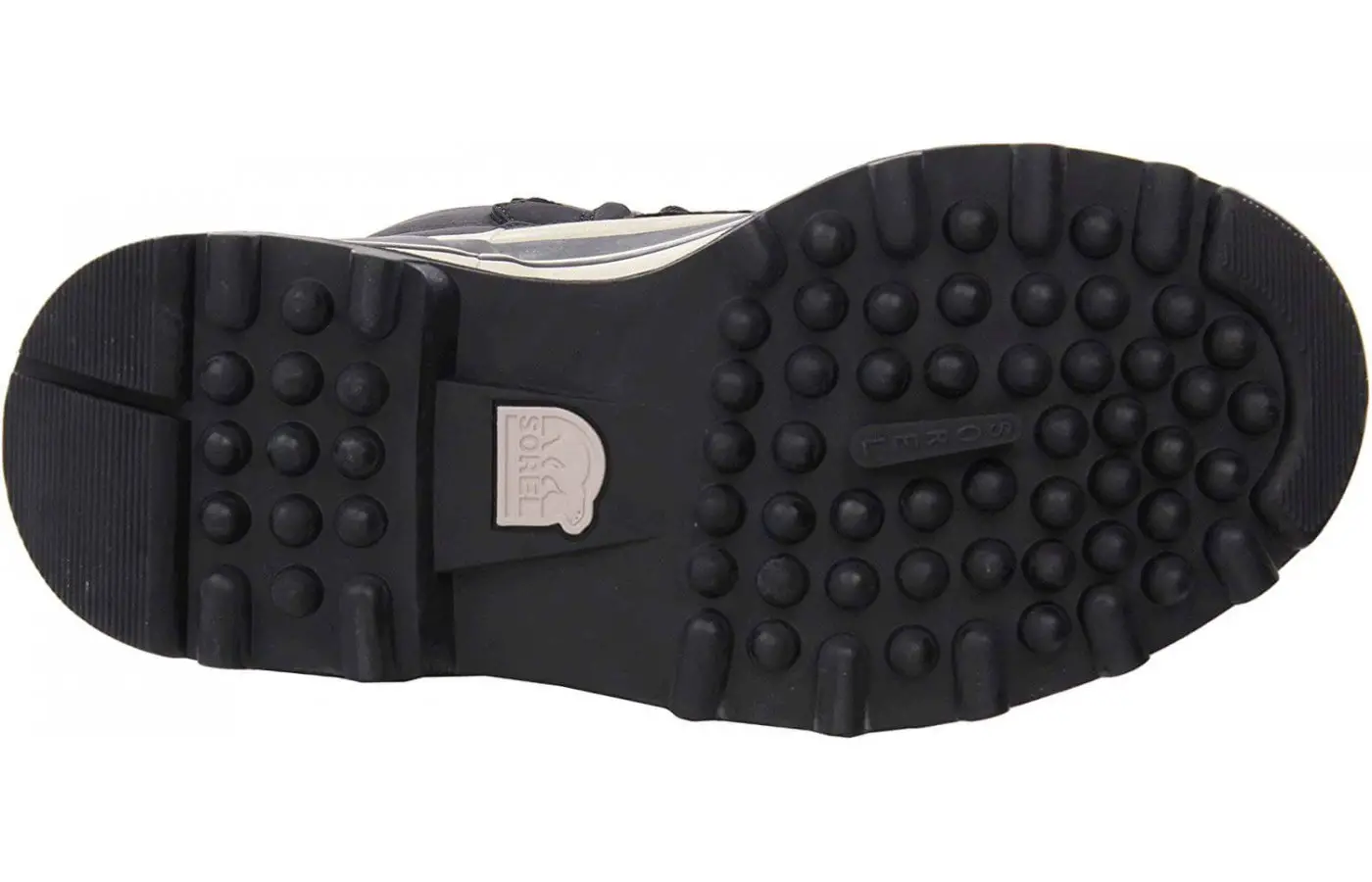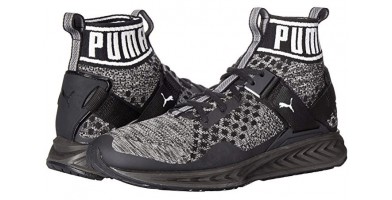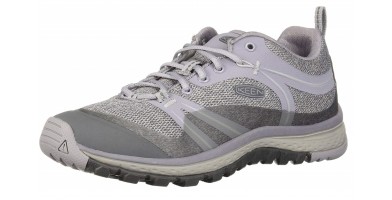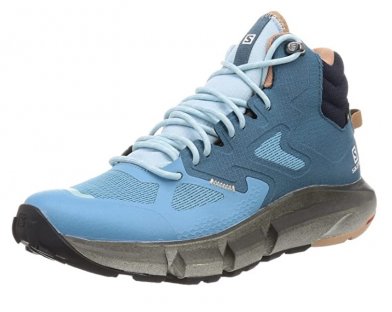Sorel Caribou Review Facts
The nostalgia and comfort of a well loved pair of boots that has stood the test of time is completely understandable, but even those wearers who have kept the same pair for years and years are still going to have to replace them eventually. The question at that point becomes a matter of trust: do you purchase the same boot style again, hoping for the steadfast quality construction and materials that lasted you so long the first time around? Or do you try something else entirely, exploring new horizons? In either case, the Sorel Caribou could be your answer. Plenty of users who owned a pair of these boots in the past opted to buy them again and were not disappointed. Others who chose to obtain this style of boot for the first time were just as happy. Not every customer was satisfied, however, and it is something to take into consideration before buying a pair for yourself.
Sole Composition
The outsole of the Sorel Caribou is built for function and structure, made of a special vulcanized rubber designed by Sorel, called aero trac. It is designed to keep wetness out and warmth in, with a fully seam-sealed construction all around and what is referred to as a ‘duck-style’ waterproof lower portion. While this sounds impressively waterproof and protecting, there have been some reports of leaks where moisture gets inside the sole, into the liner, and eventually onto the socks and feet. This is more than a small problem, as it renders the boots useless in their primary function. It is not the same user experience for all owners, however, so it is difficult to say how reliable or exaggerated this claim might be.
Terrain
Any boot with faux fur felt along the rim is going to give off an air of intended use in cold weather, but the Sorel Caribou is specifically
marketed and designed for deep snow. The Sherpa Pile snow cuff around the top of the boot, combined with the removable 9 millimeters thick Therma Plus felt Inner Boot lining make for a toasty warm feel, and the 2.5 millimeter thick bonded felt frost plug in the midsole mean your feet will be protected in temperatures as low as negative forty degrees Fahrenheit. Some wearers mentioned having enough wiggle room inside for extra thick, or even two pairs, of winter
socks for added insulation, but others claimed the extra socks were unnecessary, even in knee-deep snow, for
keeping one’s toes warm and cozy. Take these boots to the mailbox on a snow day, or
to dig out your car, or any
snow-based excursion you can think of that might reach forty below (Fahrenheit). As always, tread carefully and be aware of your surroundings for safety’s sake.
Traction
The bottom of the outsole of this boot is designed to keep you crunching through snow safety and effectively. The toe and heel each have a larger solid piece of rubber for heavier impact zones, interspersed evenly with rounded off peaks and deep valleys for surface area breakup and grip, almost similar to a softer rounded off version
of soccer or lacrosse cleats. This design is to offer quality grip and a strong dig into the snow, as opposed to a
flat-soled shoe with one solid surface area, which can more easily slip or slide and send you flying, especially when combining rubber and a slick surface. The more broken up the surface area, the less likely you are to lose traction, which is why this outsole is made the way it is.
Upper
Beyond the waterproof bootie and lower portion of the boot is the upper, which comes in a variety of colors for men and women. While the color choices may vary, the construction of the upper is the same all around. On the inside there is the felt Inner Boot lining; on the outside is the waterproof nu-buck leather of the upper, a suede appearance that laces up the front with a loop in the back for help as you step your foot in. As advertised, this upper is part of the waterproof construction, but several users mentioned in their feedback that it was recommended to weather and waterproof treat the uppers of the boot. While this may be standard practice, it seems a bit odd that a boot that goes so far about being waterproof would then need aid to perform the function it brags.
Size & Weight
The overall weight of a Sorel boot might vary a bit from shoe size to shoe size, men to women, and so on and so forth, though some, such as the thickness of the outsole platform, may be universal. The measurements listed here are based on a woman’s size seven. The opening of the boot is twelve inches around – meaning the inner circumference of the neck of the upper. The shaft is nine and a half inches tall, and the heel is approximately one inch. The platform of the outsole is half an inch thick. The total weight of the boot is 34 ounces.
Airflow & Waterproof
Being waterproof has been mentioned several times, and it is the primary selling point of this boot: keeping wetness out in extreme cold. The biggest issue with sporting such a claim is the multiple users proclaiming the same problem, and how that problem immediately renders the boot a loss. Users are reporting that when they walk normally in the Caribou, the point at which their toes would flex – the ball of the foot area – is bending with their normal gait. From bending so frequently, that spot on the boot creases, and eventually cracks. Cracks lead to leaks, and now you have slush and snow getting inside on the top of your foot. If only one person were reporting such a thing, perhaps it could be written off as someone not taking care of the weatherproofing guidelines. With more than half a dozen in the last year saying the same thing, it seems to either be a manufacturing defect, or a semi-regular flaw in the boot’s design.
Comfort
One thing that is not in question about the Caribou is comfort. The felt removable lining, the bonded felt midsole frost plug, and the adjustable boot laces make it a dream to trudge through the snow – you might as well have your favorite bedroom slippers on. The avoidance of blisters or chafing, of course, comes with a proper fit, and that is another point of division among users of the Caribou boot. Some reported that the boot ran true to size and were delighted. Others mentioned going up a half size, or even a full size. Within that number was an occasional mention of thicker or thinner socks, removing or adding the liner back in, and so on and so forth, but for the most part the advice was the same: find a store that carries the Caribou, try it on there in person, and then go home and buy them for a better deal online, once you know your size for certain. It is not a bad plan, but one thing to mention would be to wear the socks you intend to wear with the boots on while romping in the snow.
Aesthetics
The rubber of the Caribou is always black with a light stripe around the perimeter. The color variation comes from the upper, where the leather is offered in several different colors. Not every color is available for both men and women, and in some cases, it seems the color choice visualized online does not line up with the color name you are selecting, so be very careful when trying to order these online. Also take note of the artsy color names offered, which may or may not confuse a shopper whose website is misaligned. The colors in total are “buff” which is listed for women as tan, similar to a normal work boot, and shows as a darker brown for men; “stone” which is grey; “oatmeal” which appears to be the male boot equivalent of “buff” for women; “bruno” which seems more akin to a sandy beige; and black – the only straightforward color name in the bunch. Suffice it to say you must choose your color carefully, because if you want his and hers matching boots, they may not be called the same color.
Durability
A big part of customer feedback for these boots was how the owner’s previous pair of Sorel Caribous lasted them over a decade, sometimes two, before finally wearing out. Not all of those customers mentioned how long they had owned a newer replacement pair of these boots, but it can safely be assumed that it was not after having the replacement for an additional decade. Some users were ecstatic about having a new pair of the same boot and going on their merry way; others mentioned that they bought a pair of these boots and they wore out inside of two years after not even being worn daily during the winter months. Without compiling multiple in-depth interviews and inspections of the boots in question on both sides of this claim, it can only be assumed that this particular design of boot worked for some people, but not for others, with a suggested decline in craftsmanship.
Safety Features
Explicit safety features of a snow boot usually hover around two topics: warmth and keeping the feet dry. As has been mentioned several times, the Sorel Caribou has two conflicting reputations: one for a long-lived nigh impenetrable boot to be reckoned with; the other for a boot that barely lasts two years before the rubber cracks and the toe box seam lets water in. If you plan on hiking with these boots, your safest bet is not to expect an abundance of design aspects geared towards things like toe reinforcement for rocks, sharp outsole points for ice stability, or anything similar. Even if it had all of these additives built into the design and engineering, consider that you as the wearer are the primary safety source. It is up to you to spot icy patches instead of snowy places, to keep mindful of the temperature and comfort level of your feet, and to walk
surefooted the entire way by paying attention to where you are headed. Your safety is your responsibility, first and foremost.
Flexibility
While half-inch thick rubber is not exceptionally thick for an outsole platform, being attached to a leather and rubber winter boot makes the Caribou a somewhat stiff wear. Compounded with the fact that this boot has a new reputation in certain areas for cracking as the toe box is bent by a normal ball-of-the-foot push off, it seems more than fair to say that, while the boot certainly seems to have some give, it is not particularly good at staying together and functional while doing so. It almost gives the mental image of having to march through the snow in order to maintain the integrity of the toe box rubber, and marching is generally not considered one of the most flexible or flowing of motions.
Support & Balance
The physical map of the outsole seems well designed for keeping you upright and gripping the snow as you step down. The shape of the boot and the height of the shaft seem to support the ankle well, especially when combined with the insulation of the Inner Boot lining. Beyond those features, however, nothing has actually been offered up as a means of support or balance on this boot. The main focus was to keep you warm and dry in deep snow, so perhaps it was assumed that the snow surrounding your upper leg would keep you stable and on your feet. Perhaps the engineering of the shoe was all that designers had in mind when they sketched out the shape.
Lacing System
As with many boots of various intended purpose and terrain, the Sorel Caribou is a D-ring lacing system with an anchored middle starting point low on the top of the shoe, over the small bones near the ball of the foot. The boot comes with rounded laces with aglets on the ends, but with a basic D-ring construction the laces can be traded out easily enough, should you take these boots out on an excursion and break a lace somehow. They are, however, fully adjustable and hand tighten.
Cost & Value
A typical price for a pair of Sorel Caribou snow boots is anywhere from one-hundred ten dollars to one-hundred seventy-five dollars, depending heavily upon your retailer. Other considerations are your likely shoe size, your expected frequency of use, your willingness to provide extra care and keeping, and above all your trust in this brand and this product. If just one person said their boots had a leakage problem, or cracking leather, it would be more easily dismissed. The fact that half a dozen reported the same problems in the last year makes it less easily explained away, and as such the value of this item may decrease in your eyes as a potential consumer. Try them on and weigh your options carefully before handing over your method of payment. They might not last you very long; they might last you a decade. That will depend in part on how much extra care you direct at the goal of longevity. If you waterproof or weatherproof treat your boots as recommended, keep them stored safely in the off season, and avoid damaging them, they will last longer, and their value therefore rises. Try to be realistic in your expectations of the boot, as well as with your expectations of yourself. If you do not typically care for your footwear beyond rinsing off thick mud and muck, you may want to look into another option.
Key Features
-Therma Plus felt inner lining
-Waterproof design
-Heavy snow intent
Bottom Line
So many negative mentions of leaking, cracking, or a poor fit cannot be swept under the rug or avoided. The Sorel Caribou has the potential and the reputation to be an amazing piece of winter footwear, but take careful note of any and all care and upkeep instructions, try and find a retailer that includes a warranty with them, and if you plan on taking these
on a snowy hike, perhaps consider a spare pair of socks and some plastic bags for your feet to be added to your coat pockets before you leave the house, just in case. Or better yet, try them out at home before taking them on any long treks, to be on the safer side. As always, the power and the final judgement is in your hands – or in this case, in your feet – and only you know if the comfort and reputation of this boot is worth it for you.





